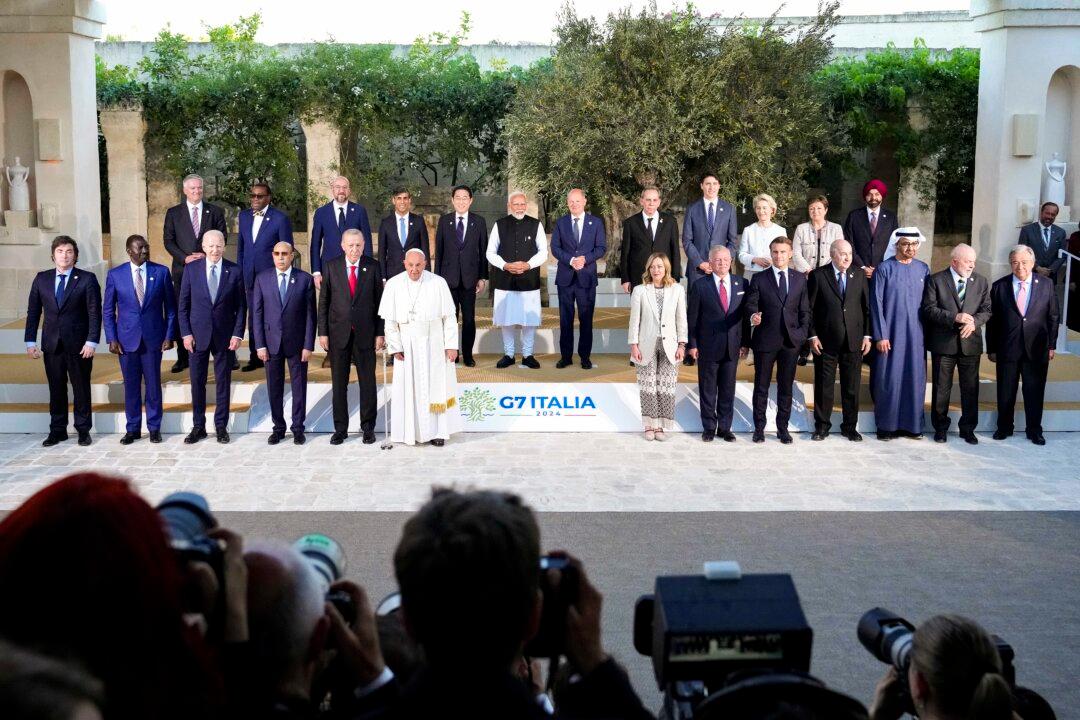News Analysis
BARI, Italy—The G7 summit of the world’s seven wealthy democracies concluded on June 15, showcasing unified decisions and actions that underscored their firm stance against China and Russia.

BARI, Italy—The G7 summit of the world’s seven wealthy democracies concluded on June 15, showcasing unified decisions and actions that underscored their firm stance against China and Russia.